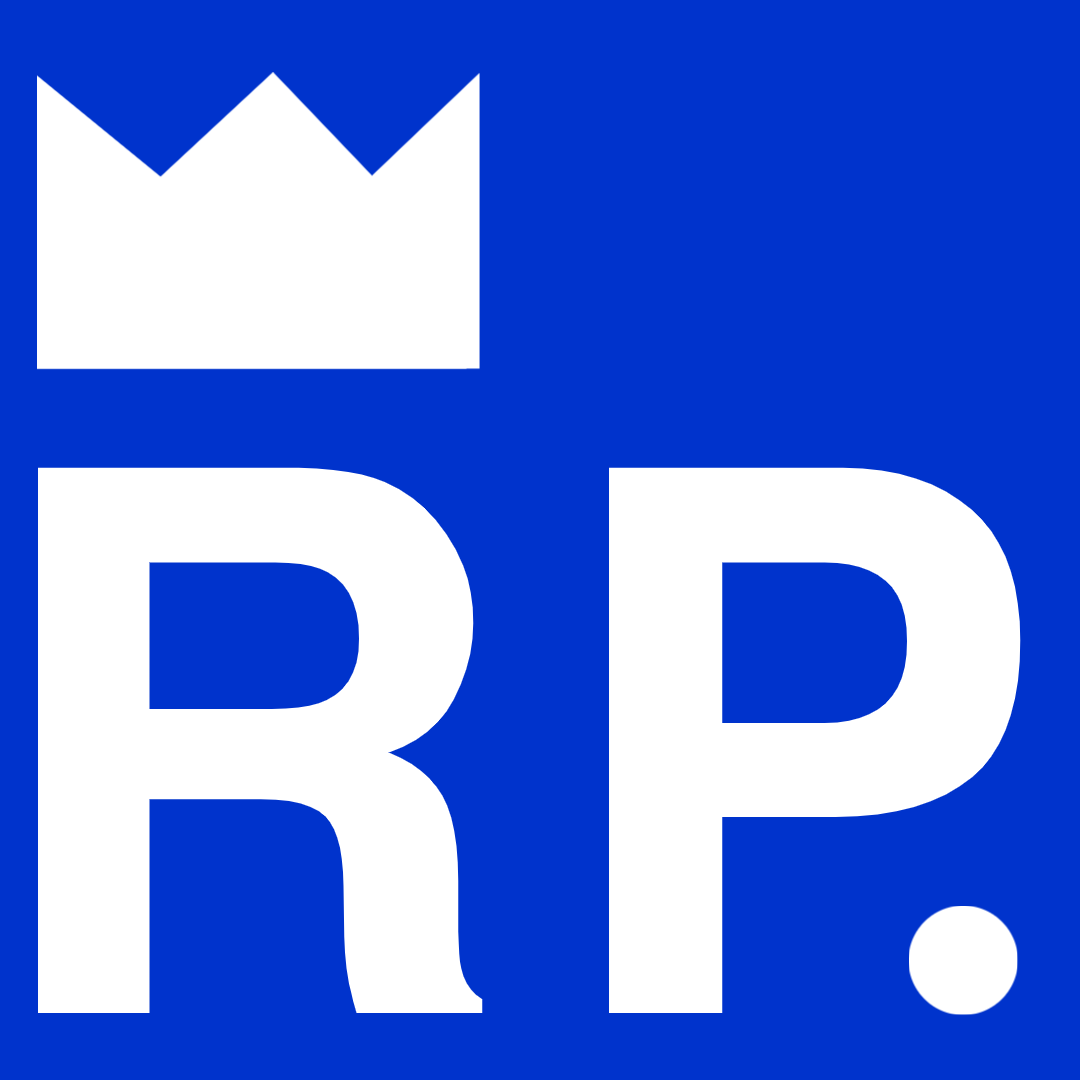Hybrid students and staff return to in-person learning after 325 days
Feb 12, 2021
There was a surreal and almost nostalgic atmosphere as students walked into their first in-person day of school since March 13, 2020.
Over the past year, students have overcome the difficulties of a flexible schedule with minimal communication with their teachers, a summer filled with socially distanced activities outside, and finally a structured yet difficult first semester of distanced learning.
Challenges continued to present themselves, but students adapted their lives to the unusual changes and restrictions that were ever-changing.
Now, 336 days after juniors and seniors first walked out of the high school on March 13, they’ve experienced their first in-person days of learning.
It’s nearly impossible to keep up with the countless changes Hopkins has experienced. New xylophone bells, music during passing time, 25 percent capacity, socially distanced desks, one-way hallways, countless emails, a new principal and dean — the Hopkins now is completely different from the one students originally left from.
But for one group of students, this is all they know. These rules weren’t new, and the staff wasn’t either, sophomores have only had the experience of the new high school, one that upperclassmen still have to get used to.
Annie Kim, sophomore, had a few challenges when she walked into school last Monday on Feb. 1.
“Entering the school was weird because you have to follow the arrows, but it was good to see people I hadn’t in a while,” Kim said. “The most confusing thing for me was the South Wing and West Wing. Why aren’t there North and South or East and West?”
The difficulties of finding classes and managing the high school were alleviated by the slow introduction for sophomores who went back before upperclassmen were invited into the building.
“It was smart to have sophomores go back before juniors and seniors. I had no clue where anything was,” Kim said. “Other students that were new to Hopkins should’ve been able to come in too.”
Only 25 percent of sophomores for the week of February 1 allowed them to find their classes quicker after only joining Google Meetings for the first semester.
“I was surprised at how empty the halls really were,” said Joe Krattley, sophomore. “Finding classes was also a lot easier than I thought it’d be. The only thing that was hard at times was the arrow system.”
While students were finding their classes, staff dealt with different challenges. Mr. Michael Babine-Dinnen, social studies, taught both students at home and in-person, having to adapt his teaching style to fulfill both groups.
“Teaching both hybrid and distanced students on a Google Meet is a little weird,” Babine-Dinnen said. “I’m not sure where to look. Should I interact and look at my camera and the students in the Meet, which has the majority of the students? Or do I look at the ones who are in my classroom even if it is just a couple of students?”
From summer to school year, teachers had three months to prepare for distanced learning, but the preparation for hybrid was only half as long, with an email being sent out to students by Principal Crystal Ballard on Dec. 24, 2020.
The new hybrid schedule has led teachers to change their curriculum and workload, too. Christian Blanck, ceramics, has hybrid students create a new project on their in-person day while reflecting and learning new techniques outside the studio through Canvas.
The constantly changing curriculum has presented an immense workload for some teachers, while others have only seen a shift in the type of work they’re doing.
“I spend more time trying to track down students, work with students on missing work and getting caught up, and just emailing students than in years past,” Babine-Dinnen said. “In addition, the transition to Canvas was a very steep learning curve in how to make it work for my classes. That required a lot more time in the beginning but is decreasing as the year goes on.”
Coronavirus has served one purpose well, everyone has learned to stay resilient in the face of adversity. Whether teachers overcoming the challenges of technology, or students staying motivated for their classes.
Hybrid learning will bring some normality with it, and as teachers continue to be vaccinated this week, the future is looking optimistic.
“It was a good decision,” Krattley said. “Even if it’s still a lot different than normal high school — at least we’re able to see some of our classmates, and somewhat experience what it’s like at the high school.”
Although not everyone agreed with the decision, the first week with sophomores, juniors and seniors proved to be positive (and hopefully negative, too).
“COVID has put us in a world where there is no real clear and obvious path to take, and most decisions feel about 60 percent right. Being masked, having face shields, using proper cleaning products, and having proper separation has created an environment where I feel safe,” Babine-Dinnen said.
